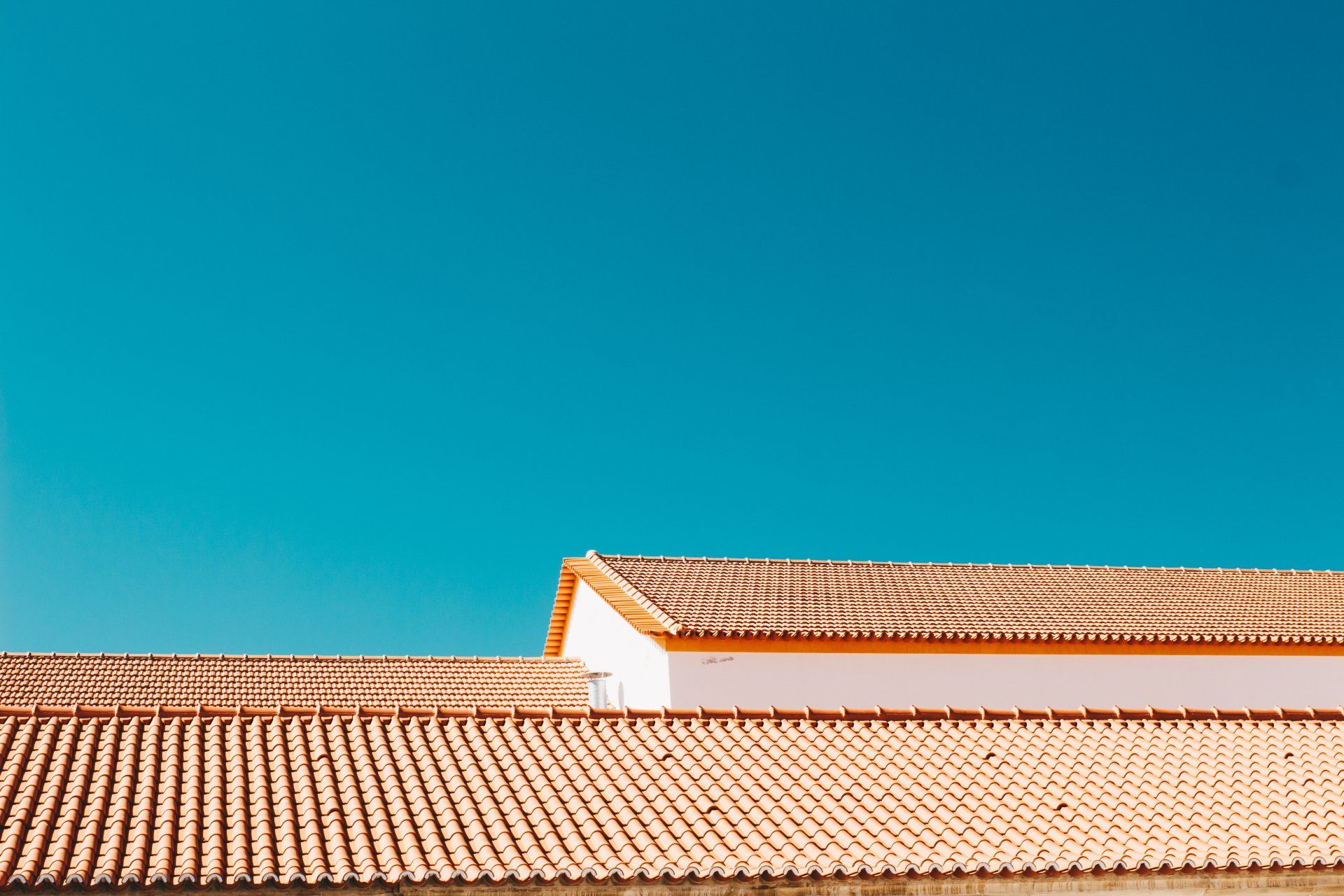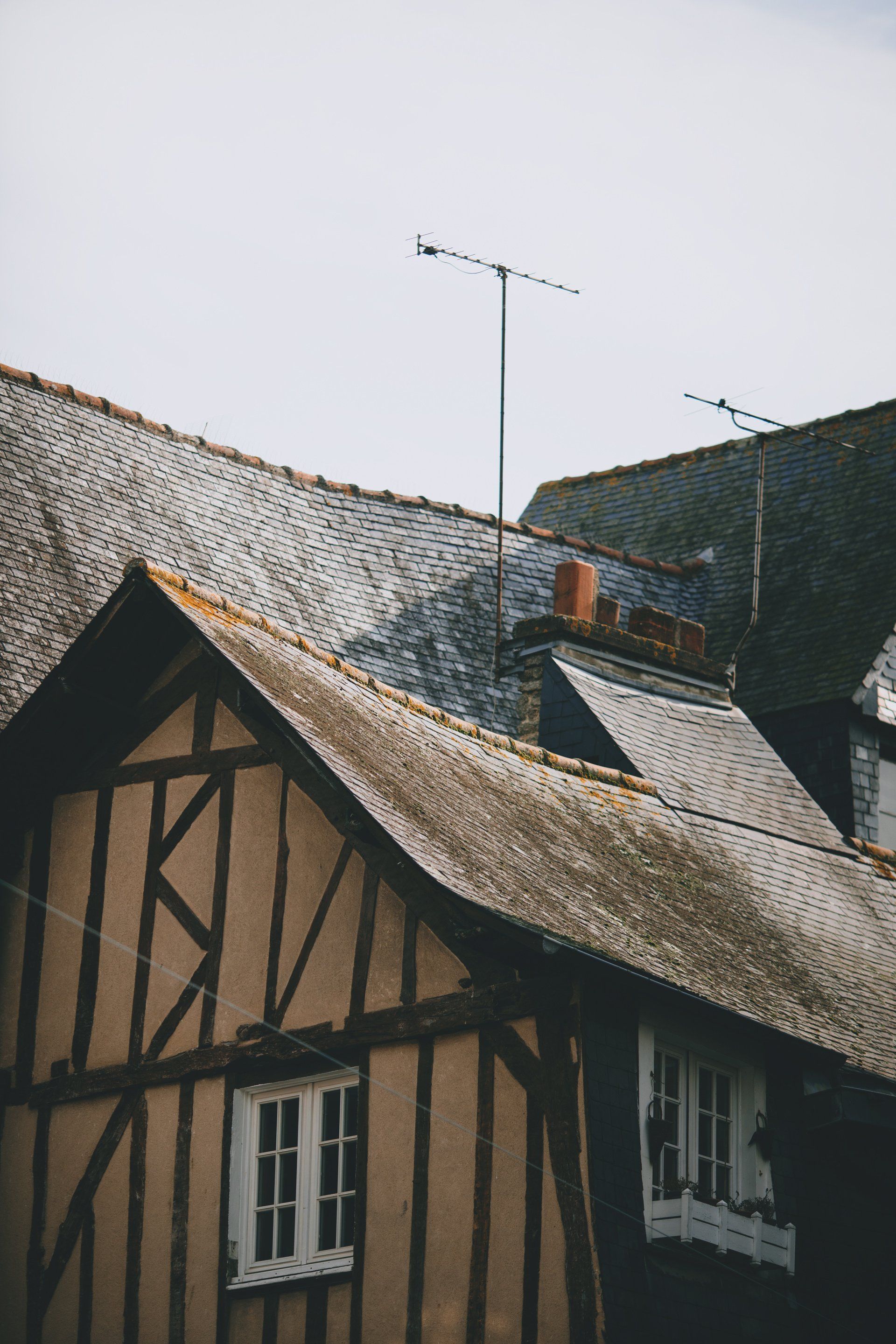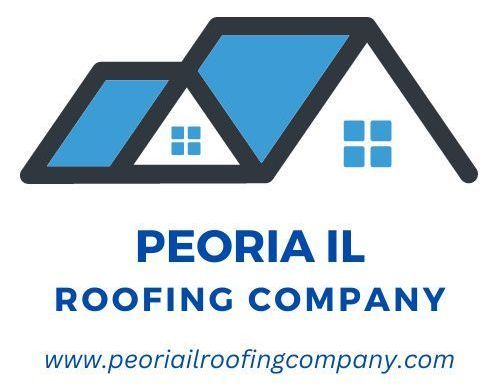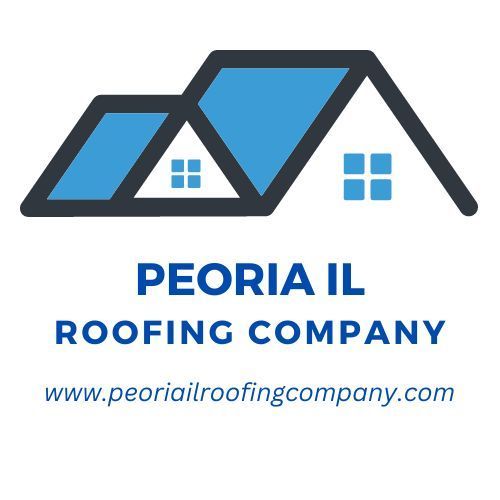The Ultimate Guide To Choosing The Best Roofing Option For Your Four-Season Climate

When it comes to selecting the best roofing solution for your Central Illinois'four-season climate, there are many factors to consider. From the type of material to the style of the roof, each option has its own advantages and disadvantages. Choosing the wrong roofing option can lead to costly repairs and even a total replacement, so proper research is critical. To help you make the best decision for your home or building, we have put together the ultimate guide to choosing the best roofing option for your four-season climate. Let’s dive in and explore your options!
The Importance of Choosing the Right Roofing Option
Choosing the right roofing option for your four-season climate is crucial. Your roofing system is the only protection your home or building has against the elements. The wrong choice can lead to costly repairs and energy bills. You need to consider the following factors when selecting a roofing option:
- Climate - Your roofing choice should be able to withstand the weather conditions in your area, ranging from heavy snowfall to high winds and heat.
- Energy Efficiency - Energy-efficient roofing materials can help reduce your energy costs and make your home or building more environmentally friendly.
- Durability - Your roofing system should be strong enough to withstand years of exposure to the elements without requiring expensive repairs or replacements.
- Style and Aesthetics - Your roofing choice should complement the architecture and style of your home or building.
- Budget - The cost of your roofing system and its installation should be within your budget.
By considering these five factors, you can ensure that you make the right choice for your roof, keeping your property safe and secure for years to come.
Understanding Climate and Its Effect on A Roof
One of the most important aspects of choosing the right roofing option for your four-season climate is understanding the impact that the climate will have on your roof. Different climates can have vastly different effects on your roof, which is why it's important to choose a roofing material that can withstand the unique challenges specific to your area.
For example, if you live in a climate with heavy snowfall, you'll want to choose a roofing material that can withstand the weight of snow and ice without collapsing. On the other hand, if you live in an area that experiences high winds or hail, you'll want a roofing material that is durable and can withstand impact without sustaining significant damage.
In addition to the weather conditions themselves, it's important to consider the effect that your climate will have on the energy efficiency of your home or building. For example, if you live in a hot climate, you'll want to choose a roofing material that can reflect heat and reduce your cooling costs during the summer months.
By understanding your climate and its impact on your roof, you can make an informed decision when it comes to choosing the best roofing option for your property. Whether you're looking for a durable material that can withstand extreme weather conditions or an energy-efficient option that can save you money on your utility bills, understanding your climate is crucial to making the right choice.
Types of Roofing Materials for Four-Season Climates
When choosing the best roofing option for your four-season climate, it's important to consider the different types of roofing materials available. Here are four types of roofing materials that are ideal for different climates:
- Asphalt Shingles – These are popular roofing materials for all types of climates due to their versatility and durability. They are affordable and come in a variety of colors, which makes them a good fit for any four-season climate. Asphalt shingles work well in hot and cold climates.
- Metal Roofing – Metal roofing materials are ideal for areas with high winds, hail, and heavy rains. They are durable and resistant to damage, making them a good option for harsh weather conditions. Metal roofing is also energy efficient, which makes them ideal for hot climates.
- Tile Roofing – Tile roofing is best suited for hot climates due to its ability to reflect heat, keeping your home cool during hot summer months. They are also resistant to damage from strong winds and rain. However, they can be heavy, so not all homes can support the weight.
- Slate Roofing – If you live in a cold climate, slate roofing materials are a good option because they are strong, durable, and can withstand heavy snow and ice. They are also fire-resistant, making them a good option for areas prone to wildfires.
By understanding the different types of roofing materials available and their suitability for specific climates, you can make an informed decision when choosing the best roofing option for your property. Consider the unique challenges of your climate and the desired energy efficiency when choosing the right material.
Pros and Cons of Common Roofing Options
When it comes to choosing a roofing option for your four-season climate, there are plenty of commonly used roofing materials to consider. Each material has its own set of pros and cons, so it's important to compare them before making a decision. Here are a few of the most popular roofing options and their respective pros and cons:
- Asphalt shingles - As one of the most common roofing materials, asphalt shingles offer affordability, durability, and easy installation. However, they may not be as weather-resistant as some other materials, and they may not be as aesthetically pleasing.
- Metal roofing - Metal roofing can withstand harsh weather conditions and is much more durable than asphalt shingles. They are also eco-friendly and energy-efficient. However, they can be more expensive and may require professional installation.
- Slate roofing - Slate is a premium roofing material that is incredibly durable and weather-resistant. It also adds a unique aesthetic appeal to homes. However, it can be very costly and difficult to install.
- Tile roofing - Tile roofing is another premium option that offers durability and aesthetic appeal. It is often used in Mediterranean-style homes. However, it can be heavy, making it difficult to install, and expensive to repair.
- Wood shingles or shakes - Wood shingles or shakes offer a natural and rustic appeal to homes. They are also environmentally friendly and can last a long time with proper maintenance. However, they can be more susceptible to fires and rot, and may not be as durable as other options.
- Rubber roofing - Rubber roofing is a more affordable option that is durable and energy-efficient. It is often used on flat roofs and requires low maintenance. However, it may not be as aesthetically pleasing and can be prone to puncture damage.
By comparing the pros and cons of these popular roofing materials, you can choose the one that best fits your needs and budget. Consider hiring a professional roofing contractor to help you make an informed decision and ensure proper installation.
Peoria Il Roof Installation and Maintenance
When choosing the best roofing option for your four-season climate, it is important to consider not only the pros and cons of the different materials, but also installation and maintenance considerations.
- Installation - Make sure to hire a professional roofing contractor to ensure proper installation of your chosen roofing material. The cost of installation can vary based on the material chosen and the size of your roof. Some materials may require more time and labor to install than others.
- Maintenance - Regular maintenance is important to ensure the longevity and effectiveness of your roofing system. Consider the cost and level of maintenance required for each roofing material. Some may require more frequent inspections and repairs than others. For example, metal roofing may require occasional coating or sealing to prevent rusting.
- Climate Compatibility - Choose a roofing material that is compatible with your climate. Consider factors like wind, rain, snow, and temperature fluctuations. Some materials may be better suited for colder, wetter climates, while others may perform better in hotter, drier climates. Your roofing contractor can provide recommendations based on your specific climate.
- Warranty and Lifespan - Be sure to consider the warranty and expected lifespan of your chosen roofing material. Some materials may come with a longer warranty or higher expected lifespan than others, making them a better long-term investment.
By taking these installation and maintenance considerations into account, you can ensure that the roofing option you choose for your four-season climate will provide the best durability, performance, and value for your home or building.
Making the Final Decision
After considering all the factors mentioned above, it's time to make the final decision on the best roofing option for your four-season climate. Here are some key points to keep in mind when making your decision:
- Budget – Consider the cost of the roofing material, installation, and maintenance when making your decision.
- Durability – Look for a roofing option that will last for a long time and can withstand the climate in your area.
- Energy efficiency – Some roofing materials are more energy-efficient than others, which can save you money on heating and cooling costs.
- Appearance – Choose a roofing material that fits with the style of your home or building and enhances its overall appearance.
- Environmental impact – Consider the environmental impact of your chosen roofing material, including its carbon footprint and recyclability.
- Local regulations – Check with your local government or building codes to ensure that your chosen roofing material is in compliance with any regulations or restrictions.
By considering all of these factors, you can make an informed decision on the best roofing option for your four-season climate. Remember, your roof is an investment in your home or building, so it's important to choose wisely.
Choosing the right roofing option for your four-season climate is a crucial decision that requires careful consideration. By evaluating factors such as budget, durability, energy efficiency, appearance, environmental impact, and local regulations, you can make an informed decision that meets your needs and preferences.
It's also important to invest in proper installation and regular maintenance to ensure that your roof performs optimally over the long term. Whether you choose asphalt shingles, metal roofing, or another material, a well-constructed and well-maintained roof can protect your home or building from the elements and enhance its value and aesthetic appeal.
So, take your time, do your research, and consult with roofing professionals to make the best decision for your unique situation. With the right roofing option, you can enjoy a comfortable, efficient, and visually pleasing space year-round.




